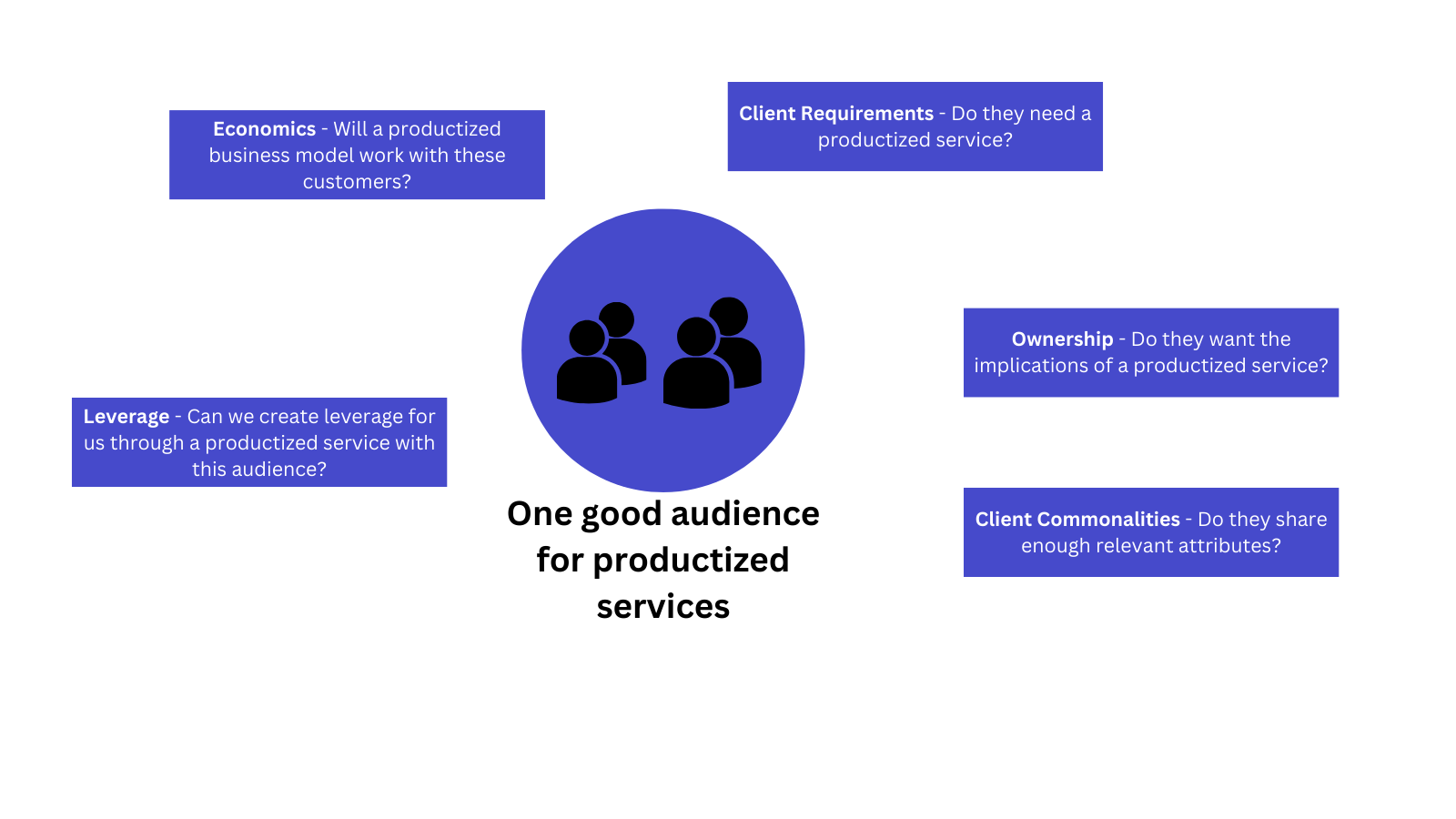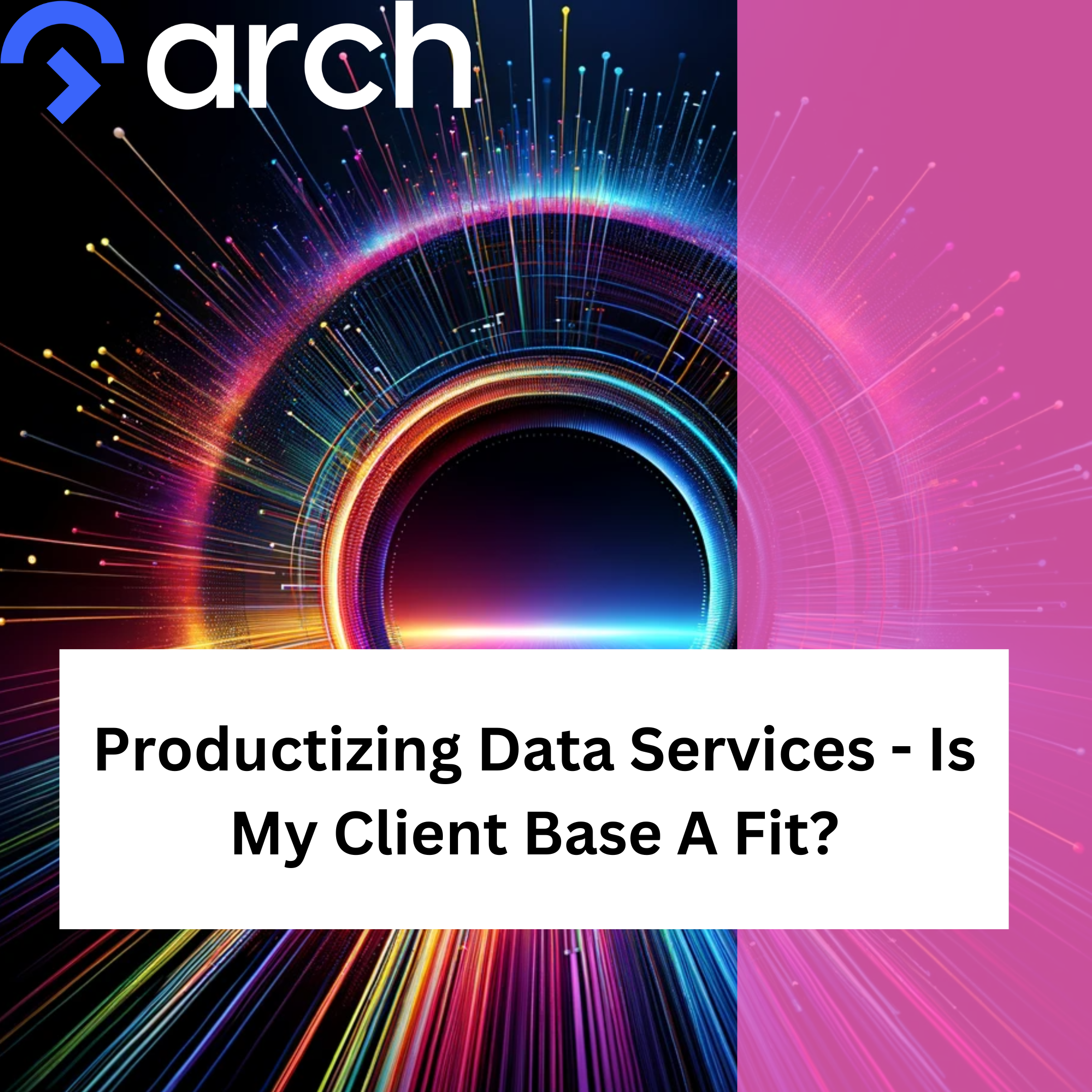Are you looking to productize your data services? Then, the first thing you’ll want to do is determine whether your client base is a good fit.
If not, you want to define a new audience, either as a subset of your existing client base or as a partially new segment.
And that’s what we’re talking about in this post!
Service vs. Product vs. Productized service
Data consultancies try to productize to escape the bill-by-the-hour grind. That works by building what is known as a productized service. Productized services are a model where you package parts of your service into a product such that every client gets:
- About 2/3rds of the value delivered by a technology-powered product
- And 1/3rd of the value is delivered by customizations you do.
Example: A good example is the data consultancy Blue Margin and its “Manufacturing HQ” service. Blue Margin provides templated dashboards but also does a good amount of customization. The templates and the data stack come out of the box, but they are customized for the specific manufacturing client.
Data consultancies that offer services usually provide mostly bespoke work, where close to 100% of the value is delivered via raw hours put into the project.
Products, on the other hand, are almost 100% delivered via automation (there’s no one setting up an account for you if you sign up for LinkedIn; it’s a product.)
Productized services are not products in the usual sense. Productized services take less time to build than a fully-fledged product and come with more advantages that most consultancies profit from. Productized services provide a stable income and usually come in the form of high-end subscriptions. Also, consultancies are able to upsell additional services due to the long-term relationship a productized service builds.
So What Matters?
In our experience, five different attributes matter when it comes to figuring out the right audience. Let’s discuss them one by one.

- Economics: Is your audience a good economic fit? An audience that is a good economic fit basically has two attributes. It is profitable enough to allow you to extract a good profit, but at the same time not too large, as to need complex services you can’t deliver with a productized services model.
- Client Requirements: Even if the economics are there, we need clients who see value in data but aren’t data-savvy enough to do everything themselves. You don’t just want to become an outsourced workhorse. While outsourcing can be a profitable business model, it is at odds with the productized services model.
- Ownership: Ownership isn’t a blocker, but if clients require to own everything you build for them, then your productized service will become a lot harder to build.
- Client Commonalities: To build any product, you need a set of clients with similar pains and gains. So, make sure you identify common spots within your audience.
- Leverage: Finally, as explained above, you’re not looking to create just a professional service with a little automation. Your productized service needs to create leverage inside your business. Otherwise, you end up getting the same revenue as before without scaling advantages.
Getting Going
All of this is tough stuff, so we created a completely free guide with questions so you can figure out your ideal audience step by step! You can download it below!



